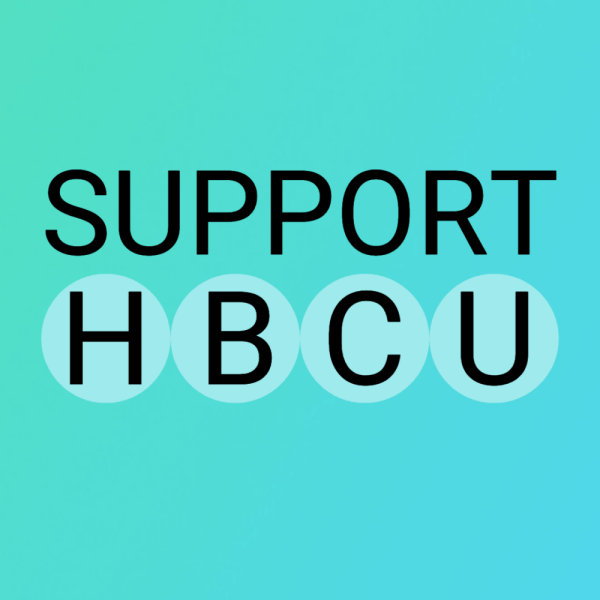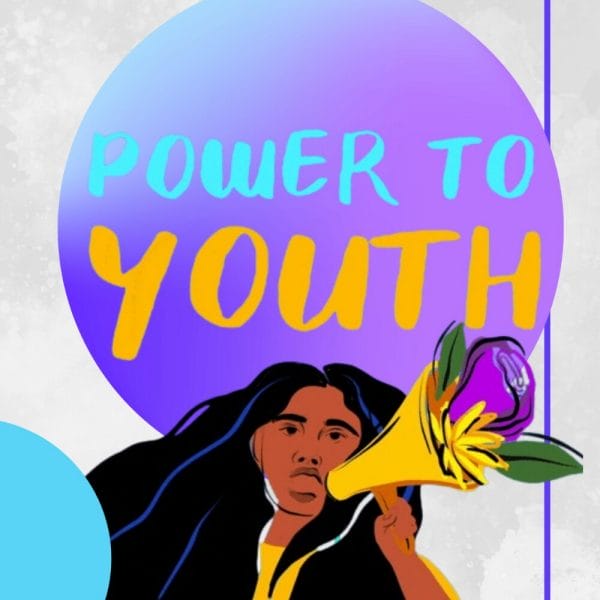At a recent talk by Frog’s Matthew Sutton, a struggle I’ve been working through was crystallized: how do we mitigate the negative consequences of our solutions? For Hopelab, the struggle is the total impact of tech on young people. The press vacillates between “love it” and “hate it”, and we seem to be in the “tech is bad” period. Articles about smartphone addiction and the perils of social media continue to rise, however the academic research is inconclusive. This leaves many confused and curious. Nevertheless, new tech will be built. How might we create it with holistic impact? How might we mitigate the demand for short-term impact?
Examples are emerging on the dangers of short-term thinking. Facebook seems great on the individual level, but years later Cambridge Analytica scandal appears. AirBNB has made finding the perfect stay in the perfect city easier than ever, but at the cost of throwing wrenches into rental markets. Both are examples of how designing for the individual can go can wonky in the long term. Rob Girling and Emilia Palaveeva’s FastCo article “Beyond the Cult of Human-Centered Design” captures this thinking in the most compelling way. In it, they coined a new term, humanity-centered design to be equal to human-centered design: a method that looks to human need and to societal need, and an approach that maximizes longer term benefits.
Sutton’s talk and the FastCo article (and do read the article) leave me a little less troubled. Designing for the health of young people to have both short and long term impact is no small feat. While the blueprint is blurry, adding design principles that address the duality is a good first step.





